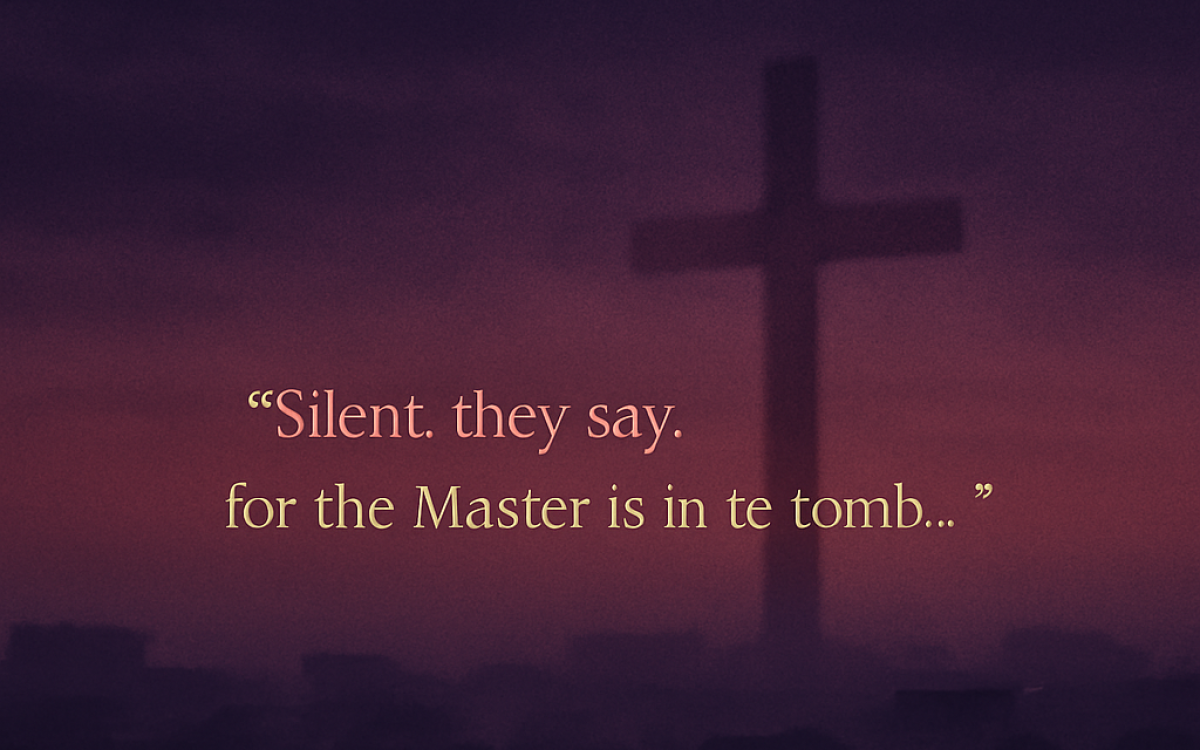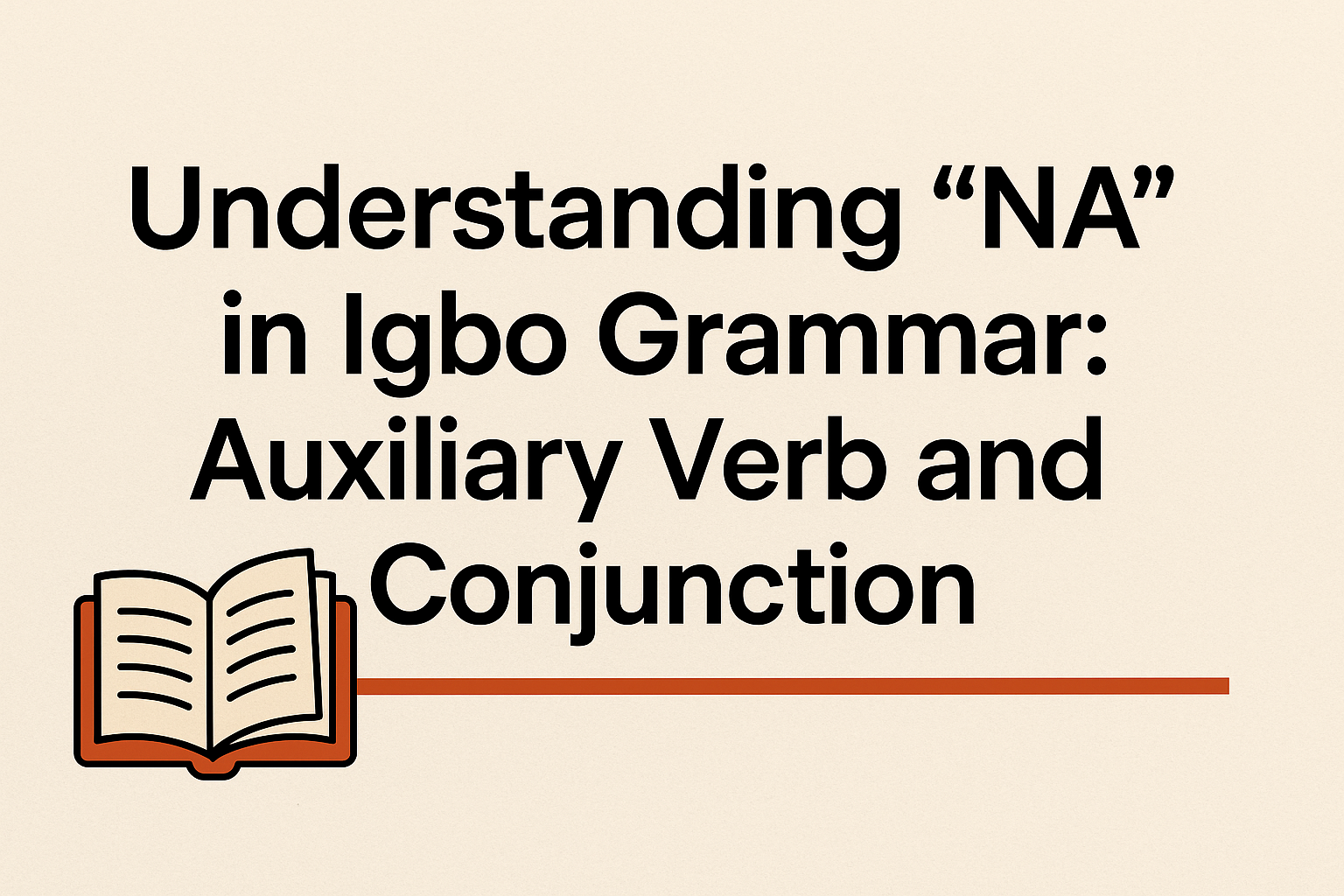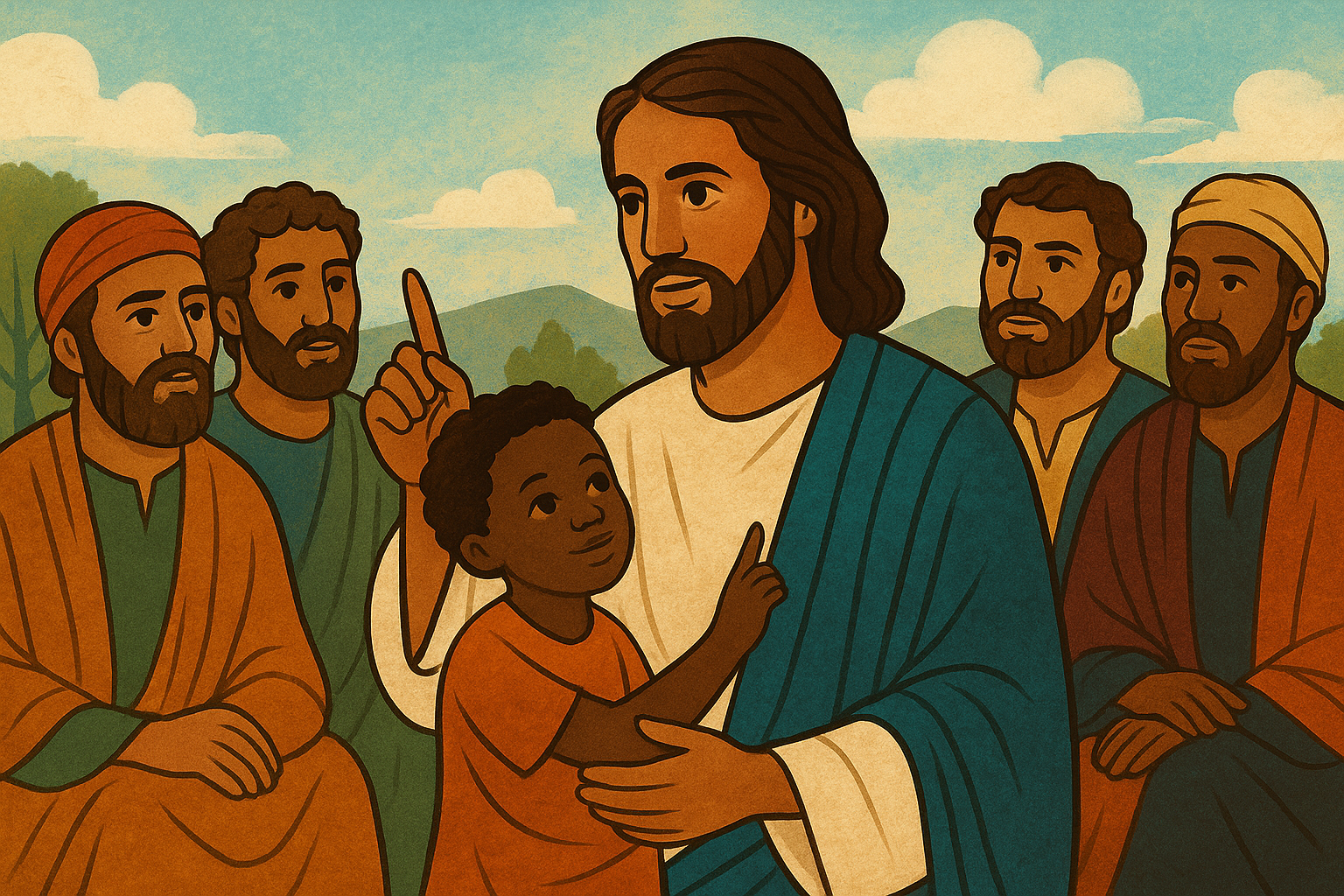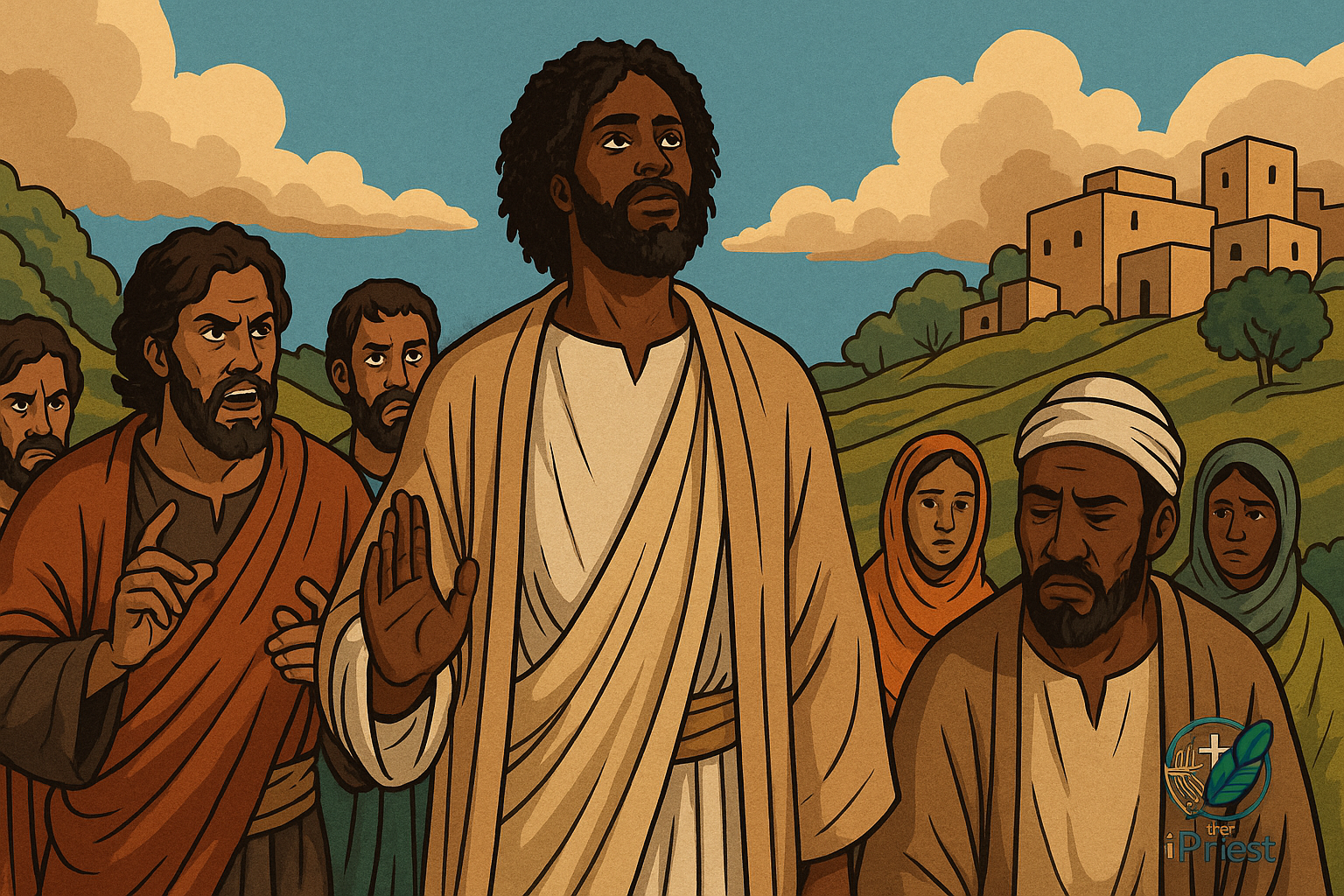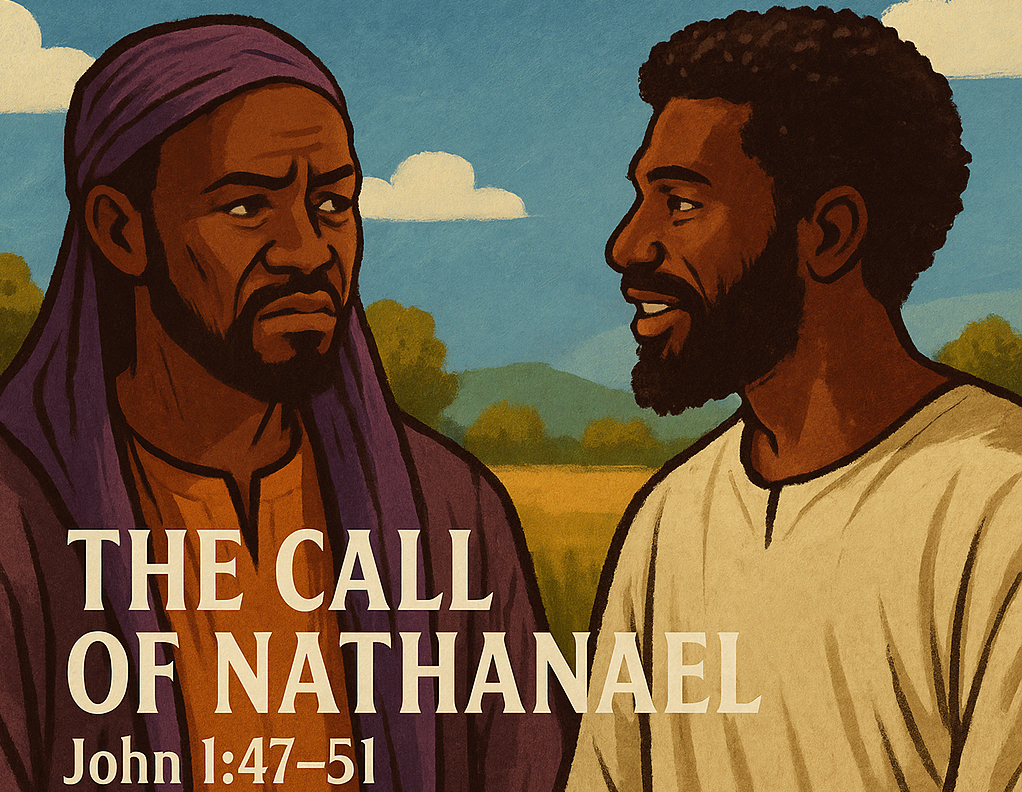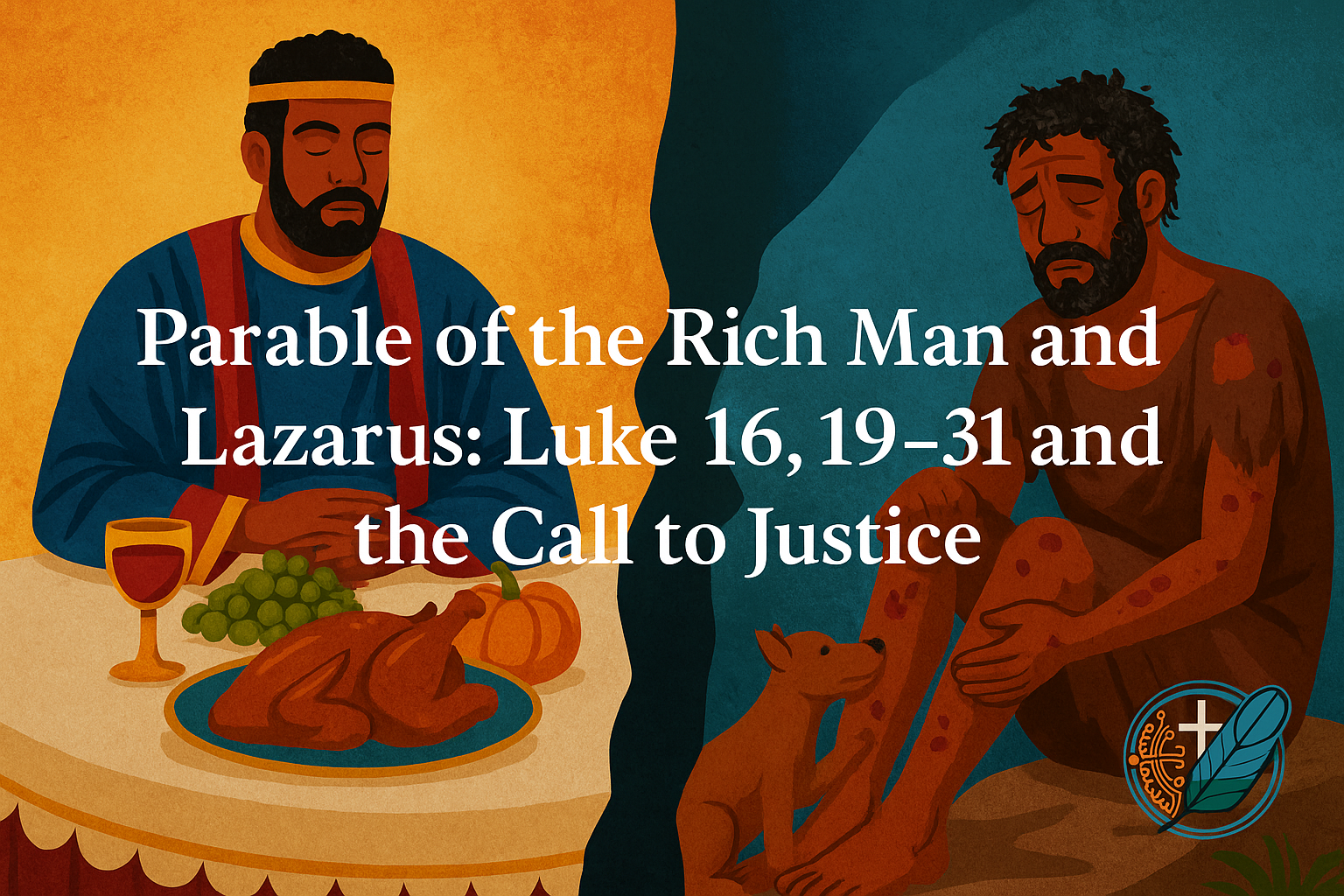For too long, we have been taught to contemplate Christ’s death in silence—as if the tomb sealed not only His body, but also our voice, our outrage, and our sense of urgency. “Be silent,” they say, “for the Master is in the tomb.” But what if this silence isn’t sacred? What if it’s a distortion—a disincarnated, passive spirituality that numbs us to the cries of the crucified in our streets today?
The death of Christ was not a quiet affair. The earth quaked, the sky darkened, the temple veil tore, and the dead rose. It was a cosmic upheaval. So why, then, has our spirituality become so tame—so domesticated?
In this short reflection, we confront the imposed silence around the cross, reclaim the disruptive power of the Crucifixion, and explore what it truly means to make memorial—not of a dead God—but of a living, suffering Christ present in our cities, our bodies, and our broken world. We reimagine Christian Silence, from Tomb to City Streets
This present sterile spirituality of silence is exactly the opposite of what Matthew 27:45–56 tells us about His death. According to this passage, at His death a total cosmic upheaval occurred: darkness covered the earth, an earthquake shook the region, the temple curtain tore, and the dead were raised.
Does this sound like the silence that has been imposed on us? If silence means pausing all distractions around us to focus on where the light of Christ shines—if it means shaking our conscience to see where the crucifixion still occurs today in our society, if it means tearing down the veils that our religious laws and doctrines have placed over our minds, or lending our hands to all the oppressed and those our society has condemned, if it means confronting our religious and political leaders—then such silence becomes part of Christian spirituality.
However, if it is an egoistic silence that sends us back to our houses to massage our spiritual egos, that admires our wretched and narcissistic religious beliefs, if it is a silence that cages us in our respective denominational structures, a silence that ends with our contemplation of our plastic Christ on the cross, or our rugged Christ-less pieces of wood, etc., then it is not Christian silence.
Indeed, if we do not see Christ’s death on the cross as a continual occurrence—if we do not identify Him being crucified year after year, day after day, and in every moment in our cities; if we fix His death in ancient times and do not understand that commemorating His death on the cross involves seeking all our brothers and sisters, and our more-than-human neighbours who are still hanging on the cross today—then our memorial has no meaning.
Christ’s death and resurrection—especially as the foundation of our worship—seen only from a historical perspective, is idolatry. It is certainly historical, but it also has to be actualized in our cities, people, and bodies. That’s what a memorial is—not the celebration of a dead God!
Christ’s death on the cross cannot be confined to a distant past, nor wrapped in sterile silence. It is a living event—present in every injustice, in every person discarded by society, and in every cry that echoes through our cities. To truly remember Him is to uncover the veil of comfort, step into the discomfort of our times, and allow our faith to act.
Our memorial must be more than ritual. It must be a resistance to be a resurrection. And it must make visible the Christ who still suffers today—so that we do not simply remember His death, but participate in His life as we embrace his resurrected body.
-
Facebook
-
Twitter
-
Linkedin
-
Whatsapp
